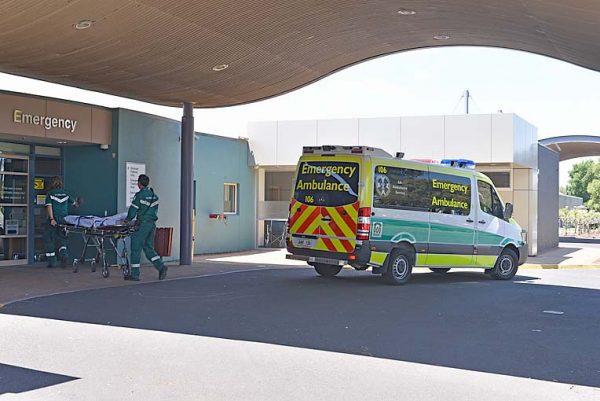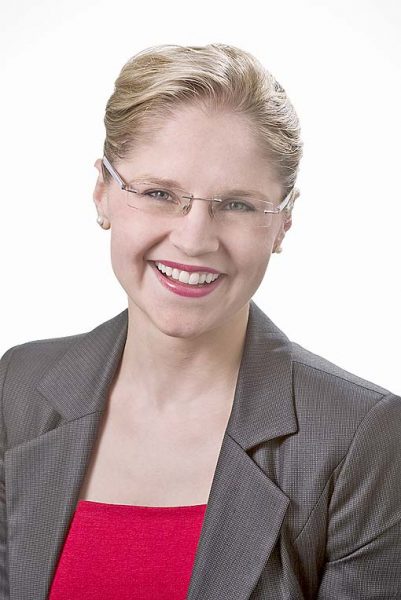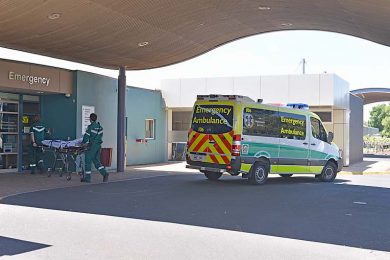

NURSES will stop admissions to some beds at Mount Gambier Hospital amid fresh warnings the staff shortage is a “ticking time bomb” for patients.
In a dramatic new development, the nursing workforce yesterday launched rolling industrial action to highlight the potentially “dangerous” conditions facing patients.
This follows a mass meeting on Friday of nurses with officials from the Australian Nursing and Midwifery Federation SA branch.
A joint review identified a shortfall of 10 nurses per week at Mount Gambier Hospital, which is resulting in nursing being overstretched and staff regularly performing double-shifts.
But despite the outcry from the nursing workforce and the potential impact on patients, health authorities are yet to boost nursing numbers.
Federation chief executive officer Professor Elizabeth Dabars described Country Health SA’s lack of response as “gob-smacking” and claimed the authority was trying to “conceal” the problem from the public.
“Overworking our nurses is not a sustainable solution – it’s a practice that is not only taking its toll on the health of nursing staff, it presents a ticking time bomb when it comes to patient safety,” Ms Dabars said.
“Country Health SA is hiding this problem from the public – and that is not fair for patients.”

The union leader said the situation facing nursing staff and patients was not “reasonable” given the situation could lead to an “adversv” event occurring.
“Patients are missing out on care – mistakes can and will happen. The department is forcing the rationalisation of care,” Ms Dabars said.
“There is no point being in hospital if a patient rings the call bell and no one comes.”
She said forcing nurses to compromise care was “inappropriate”, which was the reason behind the industrial action.
“This situation is simply unacceptable – not only for our overworked regional nurses, but for the hundreds of patients in their care,” Ms Dabars said.
“Nurses don’t want to take action, it is against their grain to do this. They are doing this to protect patients and inform the community over what is happening.”
Ms Dabars said the conditions were also “taking their toll” on the health of nurses and the union had been left with little choice but to support its members to take industrial action.
“There’s a known staff shortage – it’s been uncovered in a formal review and over several months of site visits and consultations with nurses at all levels in each site,” the nurses advocate said.
She revealed members had been working well above their contracted hours to cope with demand.
The industrial action will result in limiting services to regional patients, while nurses service only the number of beds to match the available staff numbers and their contracted working hours.
Ms Dabars urged people to continue to present to the hospital during this industrial action, stating patients would be triaged in order of priority.
Staff will also wear colourful tops and place information on patient bedsides during the industrial action to highlight their concerns.
Nurses have also launched industrial action at Port Augusta, Whyalla and Port Pirie hospitals due to similar workforce issues.









